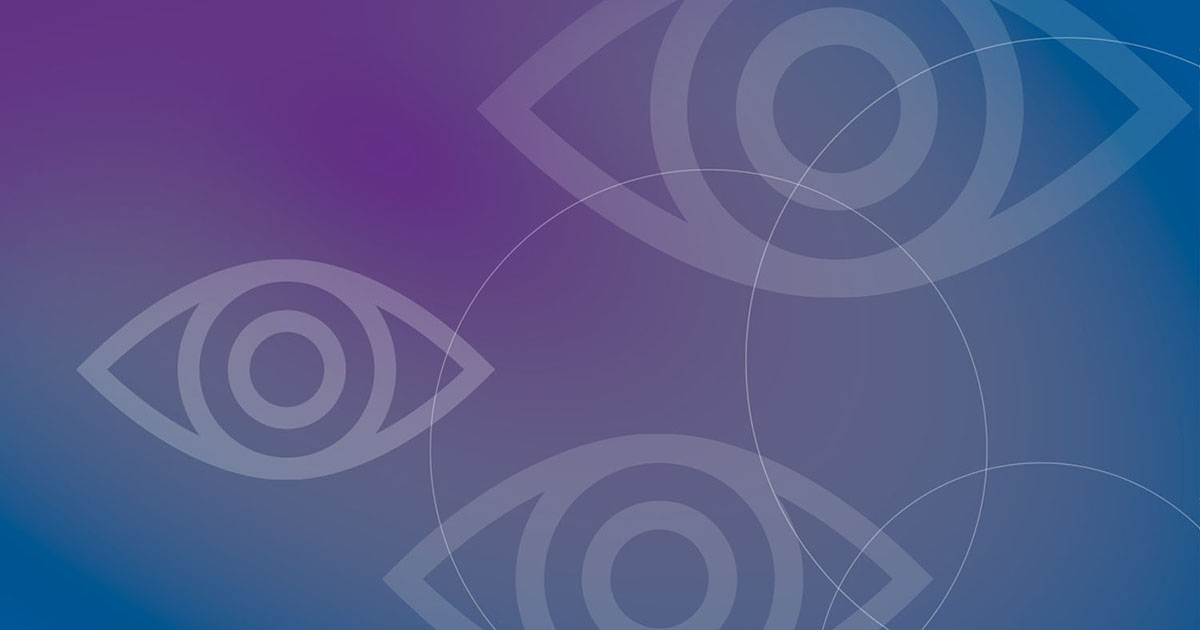Reach out to Spanish-speaking Audiences
Share important information to help Hispanic and Latino people in your community take charge of their eye health and get important eye care.
Source: National Eye Institute
Visit Page

Share important information to help Hispanic and Latino people in your community take charge of their eye health and get important eye care.
Source: National Eye Institute
Visit PageMaterials can be used to help teach people in your community how to protect their vision.The National Eye Health Education Program (NEHEP) offers disease- and audience-specific programs for health educators, as well as handy resources about eye health in an extensive library of outreach materials.
Source: National Eye Institute
Visit PageProvides science-based, easy-to-understand tools and resources that can be used to educate older adults about age-related eye diseases and conditions, the importance of comprehensive dilated eye exams, and low vision.
Source: National Eye Institute
Visit PageThe National Center for Children’s Vision and Eye Health at Prevent Blindness partnered with the National Head Start Association to create an online resource – Small Steps for Big Vision: An Eye Health Information Tool Kit for Parents and Caregivers – to provide parents and caregivers with the information, suggested actions, and assistance they need to be empowered partners in their children’s vision and eye health, and to care for their own vision and eye health. The tool kit was designed for use by Head Start and Early Head Start programs, as well as any early childhood education and care program.
Source: Prevent Blindness
Visit PageProvides information on how to safely watch a solar eclipse and solar eclipse viewing planning toolkits.
Source: Prevent Blindness
Visit PageThe Star Pupils Eye Health and Safety Curriculum teaches young learners about vision, eye health and safety. There are modules available for K-2, grades 3-5, and grades 6-8.
Source: Prevent Blindness
Visit PageSTEADI’s tools and educational materials provide a resource for healthcare providers to help reduce the chances of patients falling.
Source: Centers for Disease Control and Prevention (CDC)
Visit PageSummer Job Story is the first in a series of Accessible Interactive Fiction “choose-your-own-adventure” games where students practice pre-ETS skills. It’s an audio game with graphic-novel style images.
Your student can try out their independent living, problem-solving and self-advocacy skills. The story presents over 600 multiple-choice questions (of which half relate to demonstrating the use of the skills) that your student must answer as they play this five chapter game that takes them through learning about a summer job, preparing for the interview, interviewing and performing their first day on the job.
Summer Job Story is available in two variants: one for blind students and one for students with low vision.
Source: ObjectiveEd
Visit PageThis toolkit provides easy-to-understand information on eye health, including common eye symptoms and diseases that disproportionately affect women. The toolkit aims to facilitate productive conversations between patients and health care providers at all stages of eye health.
Source: Society for Women's Health Research
Visit PageOur multidisciplinary approach to vision care integrates specialized care centers and complementary services, providing patients the best care possible. Our care centers feature optometric services, psychological support and assistive technology, with additional services ranging from occupational therapy to clinical research. Our process supports cooperation across disciplines in the assessment and treatment of our patients.
Source: The Chicago Lighthouse
Visit PageThe Children’s Vision and Eye Health: A Snapshot of Current National Issues 2nd Edition offers a compilation of current research, survey data, and best practices that outline the current landscape for children’s vision and eye health in the U.S. It is our intent that the information and examples provided in this report will translate into effective community- and state-level health promotion strategies that lead to improved vision.
Source: Prevent Blindness
Visit PageIn an effort to educate the public on glaucoma, raise awareness, and bring patients and caregivers together, Prevent Blindness and Responsum Health have launched “The Glaucoma Community,” a platform that can be accessed for free via web browser or mobile app in the android and iOS stores. Thoughtfully designed to best serve individuals with glaucoma, The Glaucoma Community provides users with a toolkit of useful, community-oriented features. Special features include a personalized newsfeed; the Community Chat, a moderated social wall; automatic translation into seven languages; Patient One-Sheet, which allows patients to easily collect, maintain, and print their key medical information in a secure format; and more.
Source: Prevent Blindness
Visit PageThe Prevalence of Visual Acuity Loss or Blindness in the United States study provides analysis of data by age, sex, race and ethnicity, institutionalized, not institutionalized, and geographic region. This study has shown substantially more people with visual acuity loss and blindness than previously published.
Source: Prevent Blindness
Visit PageThese fact sheets include signs of vision problems tearchers may see in the classroom and a brief overview of common eye problems in children.
Source: Prevent Blindness
Visit PageThis webpage in the Living Well with Low Vision website provides a searchable transportation services directory.
Source: Prevent Blindness
Visit PageTechnology-based Eye Care Services is a telehealth-based eye screening initiative that places ophthalmology technicians in rural VA clinics to collect information about a patient’s eyes and transmit to VA ophthalmologists for diagnosis and follow-up.
Source: U.S Department of Veterans Affairs
Visit PageResource of health information from the Veteran’s Affairs Health Library, where vision and eye health is one topic included.
Source: U.S. Department of Veteran's Affairs
Visit PageResources with information about steps adults can take to protect their vision as they age.
Source: National Eye Institute
Visit PageThese eye health and safety infographics are designed to provide easy-to-read, relevant, and timely information on a wide range of eye and vision topics. They are designed specifically for sharing on social media channels such as Facebook and Instagram.
Source: Prevent Blindness
Visit PageThe Vision Care Financial Assistance Information is a list of contact information for organizations and services that provide financial assistance for vision care.
Source: Prevent Blindness
Visit PageTo save your results as a pdf file, click the "Save or Print Results" button and choose "Adobe PDF" from the printer options.